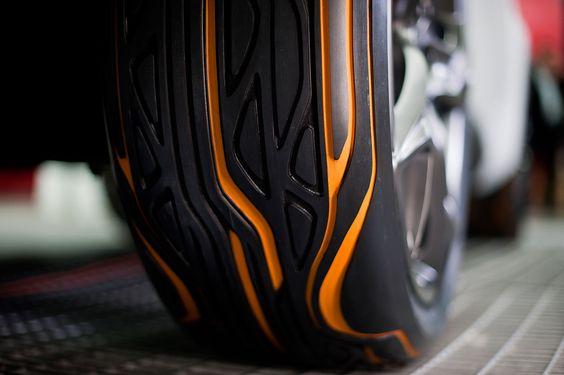
Tyres are one of the most vulnerable components of a vehicle, and they wear down after they have travelled a considerable distance. Therefore, to ensure proper road safety and driving comfort, they must be replaced. Damaged tyres will hamper your fuel economy and make the steering difficult around sharp corners.
Regular assessment of the tyres is necessary to determine the right time to replace them. Replacing your tyres within time will save you some money on overall vehicle maintenance. It is a simple process to check the tyre condition, and you do not need to drive to a garage for the same. Here is an article to help you know when it is time to change your tyres.
Slow punctures
If you are experiencing difficulty maintaining the recommended tyre pressure, it is probably due to the slow punctures. Slow punctures are caused when the outer wall has aged, and its ability to withstand high pressure has declined. Recommended air pressure is on the fuel chamber or the driver door.
To confirm that you have a ruptured outer wall, inflate your tyres up to the recommended level and then screw in a pressure gauge on the tyre valve and note the readings at regular intervals.
Damaged sidewalls
Sidewalls are the sturdiest part of a Saferich Tyres and are built to withstand extreme pressure. Weak sidewalls pose a threat of tyres bursting when the vehicle is speeding. To assess the sidewall condition, look closely for cracks and bulges.
If you spot too many cracks, then it means that your tyre has been damaged beyond repair and must be replaced immediately. Cracks are caused when the vehicle is driven regularly on rough and patchy roads. Therefore, if you drive on poor surfaces, keep a regular check on the sidewall condition.
Similarly, potholes on the roads cause bulges in the sidewalls. These bulges weaken the contact patch, and the tyre ability to withstand shock and jerk declines significantly. Hence, the tyres may burst when exposed to heat or high pressure. If you spot a bulge, replace your tyre immediately.
Tyre has completed its age
The European safety standards dictate that a tyre must be replaced after every ten years from the date of manufacturing. It has to be done irrespective of a tyre condition because once it has aged, the rubber quality deteriorates, and the inner wall weakens.
The tyre manufacturing date is on the sidewall in the form of a four-digit code. The first two digits denote the month, and the last two are the year of manufacturing. If your tyre is more than ten years old, you must replace it.
Declining tread depth
The international road safety standard states that the optimum tread depth of a good tyre is 1.6mm. To measure this, take a penny and put it in any of the ridges; if the penny’s head is visible, your tyre’s tread depth has declined, and you must replace it immediately.
The modern-day tyres come with indicative bars painted on the inner walls of the treads. So, when the tyres are new, these bars are invisible. However, when the tyres have suffered considerable damage, the bars begin to appear. If you spot more than one bar on your treads, it’s a sign that your tyres need replacement, and you can look up car tyres online to find a suitable one.
Increased cabin discomfort
A vehicle’s air suspension and its tyre’s outer wall work together to minimise the cabin’s jerk and shock when driving on rough roads. However, when the tyres have worn-out, their shock-absorbing ability declines considerably, and as a result, the noise and vibration in the cabin increases. This increased driving discomfort means that you need new tyres.
Also read about:
Start a Thriving Business by Focusing on Restaurant Management
Tip to Clear Oracle 1z0 340 20 Dumps 2021
Best 5 Water Parks in UAE








